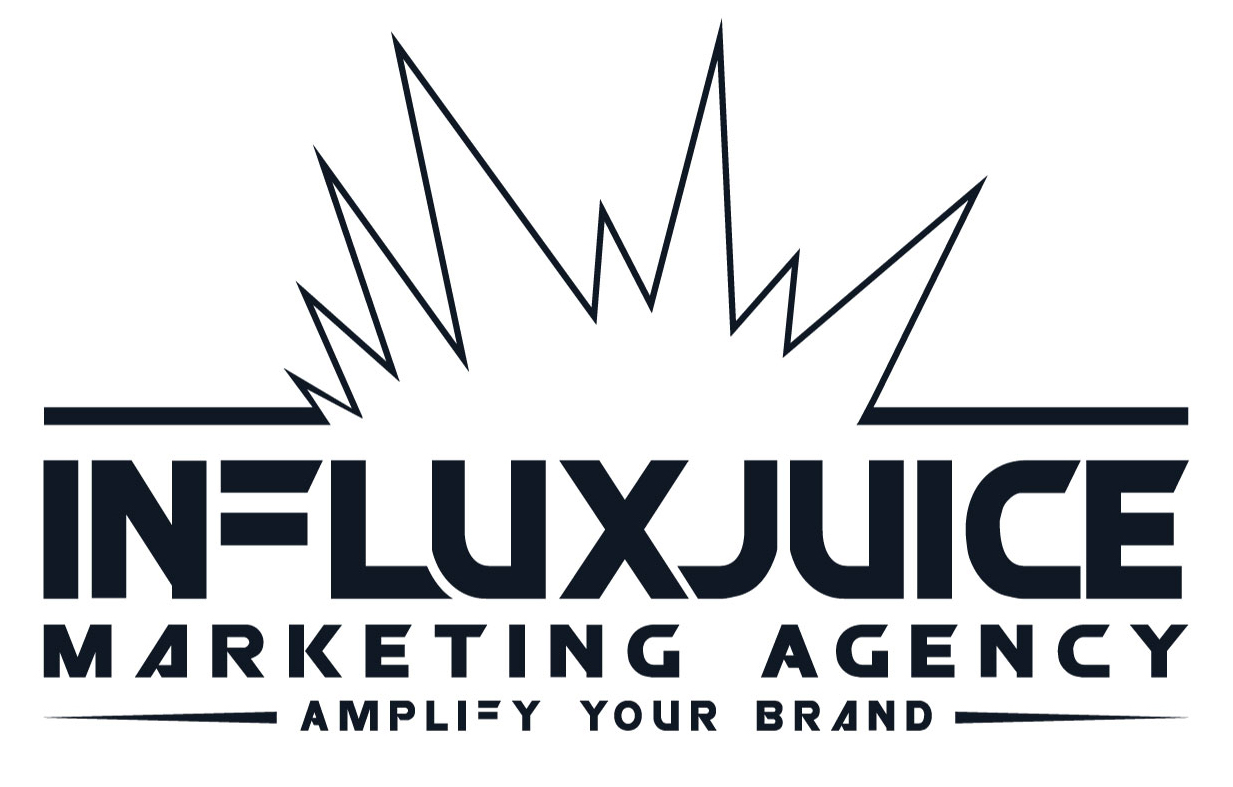For years, blockchain was mostly associated with speculation, crypto wallets, and NFTs. But the real adaption, the one that will change everyday lives, is the adoption of blockchain identity systems by governments and healthcare providers.
Why? Because identity is the backbone of access. From proving who you are at a border crossing to pulling up your medical history at a hospital, the current systems are outdated, siloed, and often insecure. Blockchain can transform that.
But adoption isn’t automatic. It requires clear design choices, regulatory alignment, and a strong focus on privacy and usability. Let’s break it down.
👀 Quick answers — Jump to section
- Why blockchain identity matters
- Government adoption: opportunities and barriers
- Healthcare adoption: privacy and access
- Comparing blockchain ID vs traditional ID
- The trust problem: user adoption challenges
- Case studies: Who’s already leading?
- Key takeaways for businesses and policymakers
- FAQ
Why blockchain identity matters
Identity isn’t just about logging in. It’s about trust, security, and access to services. Right now:
- Governments struggle with fraud, duplicate records, and fragmented databases.
- Healthcare providers deal with mismatched patient records and slow data transfers.
- Citizens suffer from lost paperwork, hacked data, and long wait times.
Blockchain identity systems offer:
- Immutability → records that can’t be tampered with.
- Portability → one ID usable across multiple services.
- Privacy control → selective disclosure instead of oversharing personal data.
Government adoption: opportunities and barriers

Governments see blockchain as a chance to modernize infrastructure and cut fraud.
Opportunities:
- Digital passports & borderless travel documents
- Fraud prevention in benefits & voting systems
- Streamlined citizen services across departments
Barriers:
- Regulation: aligning blockchain ID with national ID laws is complex.
- Interoperability: one country’s system may not talk to another’s.
- Public trust: people may fear governments overreaching with permanent records.
Healthcare adoption: privacy and access
Healthcare identity systems are broken. Patients often juggle multiple IDs across clinics, labs, and insurers. Records get lost, mismatched, or hacked.
Blockchain solves key pain points:
- Unified records → patients control a single source of truth.
- Selective access → share only what’s necessary with providers.
- Auditability → clear logs of who accessed records, and when.
This is especially powerful in emergencies. Imagine a patient unconscious in another country. With blockchain identity, doctors could securely access allergy and medication history in seconds.
But adoption has hurdles:
- HIPAA/GDPR compliance is still a moving target.
- Hospitals often resist tech changes due to costs and integration challenges.
- Patients need to feel in control, not monitored.
Comparing blockchain ID vs traditional ID
Here’s a breakdown of how blockchain ID stacks up against the systems most people use today:
| Feature | Traditional ID Systems | Blockchain Identity |
|---|---|---|
| Data Storage | Centralized databases | Decentralized ledger |
| Security Risks | Hacks & single points of failure | Tamper-resistant, distributed |
| Portability | Limited to local systems | Global interoperability |
| Privacy | Oversharing required | Selective disclosure |
| User Control | Low | High – user owns keys |
This makes the value proposition clear: blockchain ID isn’t just more secure, it’s more flexible and citizen-centric.
The trust problem: user adoption challenges
Tech is only half the story. If citizens and patients don’t trust blockchain IDs, adoption fails.
Challenges include:
- User education → most people don’t understand private keys.
- Fear of loss → “What if I lose my blockchain ID?”
- Misconceptions → people confuse blockchain with crypto speculation.
This is where UX and design matter. Governments and hospitals can’t expect people to manage seed phrases like crypto traders. Green, accessible UX (lightweight, eco-conscious, and intuitive) will be crucial to mainstream adoption.
Case studies: Who’s already leading?

Several governments and healthcare providers are experimenting with blockchain IDs:
- Estonia: A pioneer in digital governance, exploring blockchain-based national IDs.
- India: Integrating Aadhaar with blockchain pilots for financial inclusion.
- EU Healthcare pilots: Trials for cross-border patient record access on blockchain.
- IBM’s blockchain healthcare initiative: Testing identity-linked records across providers.
These pilots show momentum, but also reveal how slowly governments move when identity, privacy, and law intersect.
Key takeaways for businesses and policymakers
Blockchain identity in government and healthcare isn’t bluster, it’s a logical next step in modernization. But success will depend on:
- Building trust → simple UX, transparent privacy controls.
- Interoperability → ensuring IDs work across borders and providers.
- Regulatory clarity → aligning with GDPR, HIPAA, and national ID laws.
- Green design → making IDs not just secure, but sustainable.
FAQ
Q: What’s the biggest benefit of blockchain identity in healthcare?
Instant, secure access to unified patient records, controlled by the patient.
Q: How can governments avoid surveillance concerns with blockchain IDs?
By ensuring citizens control disclosure and data isn’t centralized under government-only servers.
Q: Will blockchain identity replace passports and national IDs?
Not immediately. More likely it will supplement them in digital-first services before becoming the standard.
Q: Is blockchain ID adoption realistic in the next 5 years?
For smaller countries and pilots, yes. For large-scale global adoption, it may take 10+ years.
Final thoughts
Blockchain identity has the potential to reshape how governments and healthcare systems verify, secure, and serve their citizens. But success depends on striking the right balance between trust, privacy, and usability
What do you think about it? Would you be comfortable letting your government or hospital manage your identity on blockchain. If not, what would need to change for you to trust it? Let us know in the comments.
_________________________________________________________________
Get your business referenced on ChatGPT with our free 3-Step Marketing Playbook.
Want to know how we can guarantee a mighty boost to your traffic, rank, reputation and authority in you niche?
Tap here to chat to me and I’ll show you how we make it happen.
If you’ve enjoyed reading today’s blog, please share our blog link below.
Do you have a blog on business and marketing that you’d like to share on influxjuice.com/blog? Contact me at rob@influxjuice.com.

